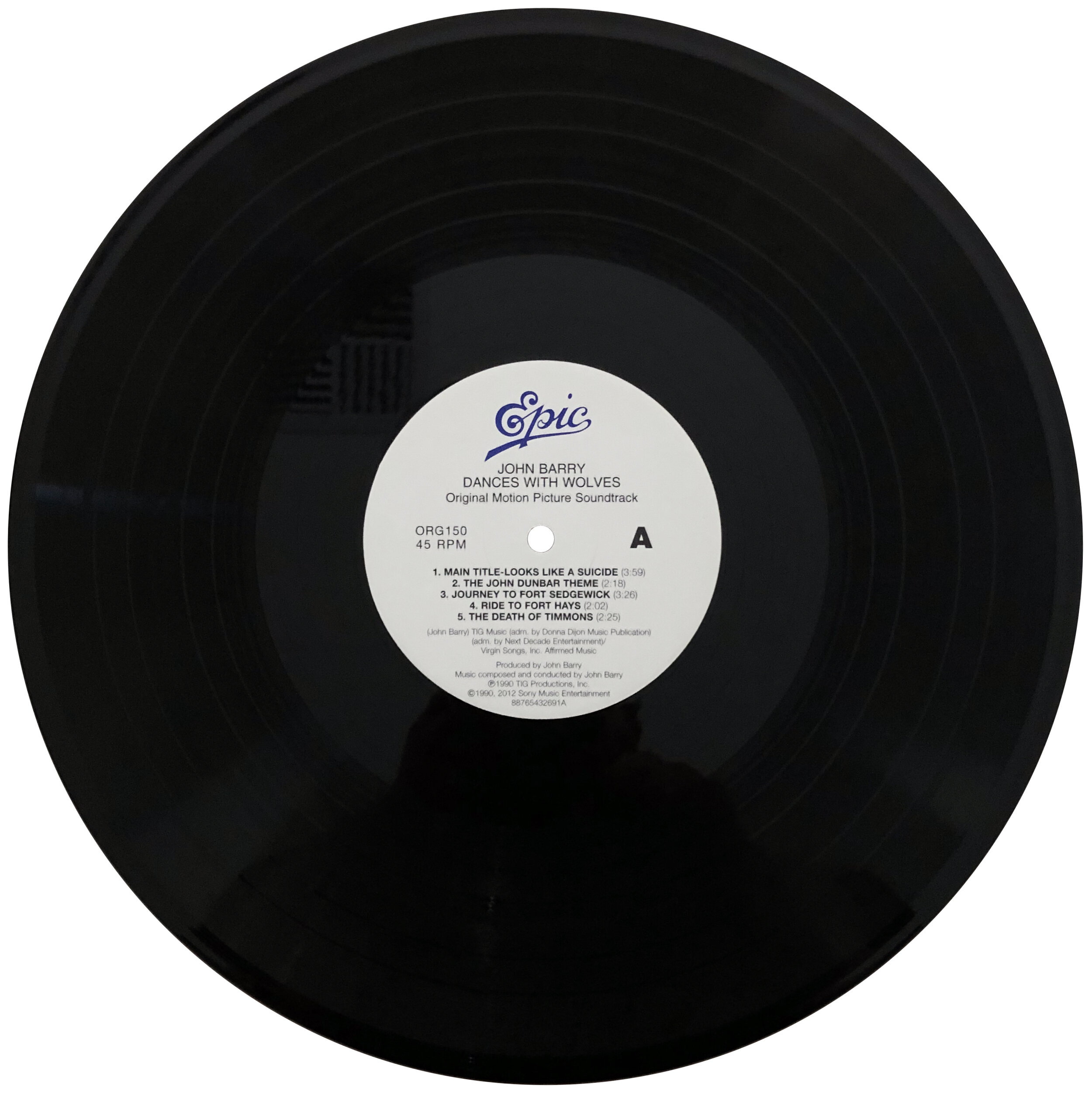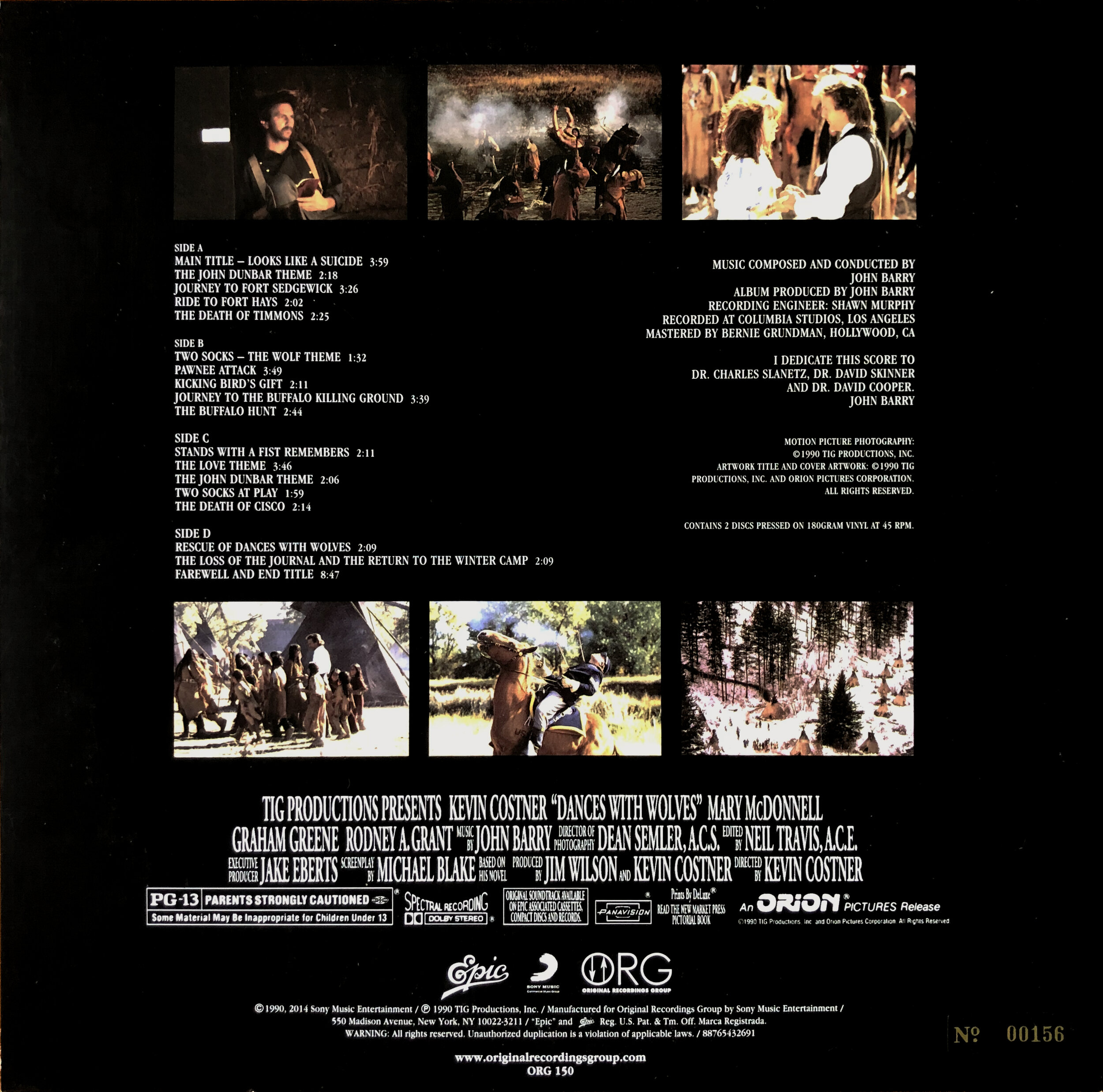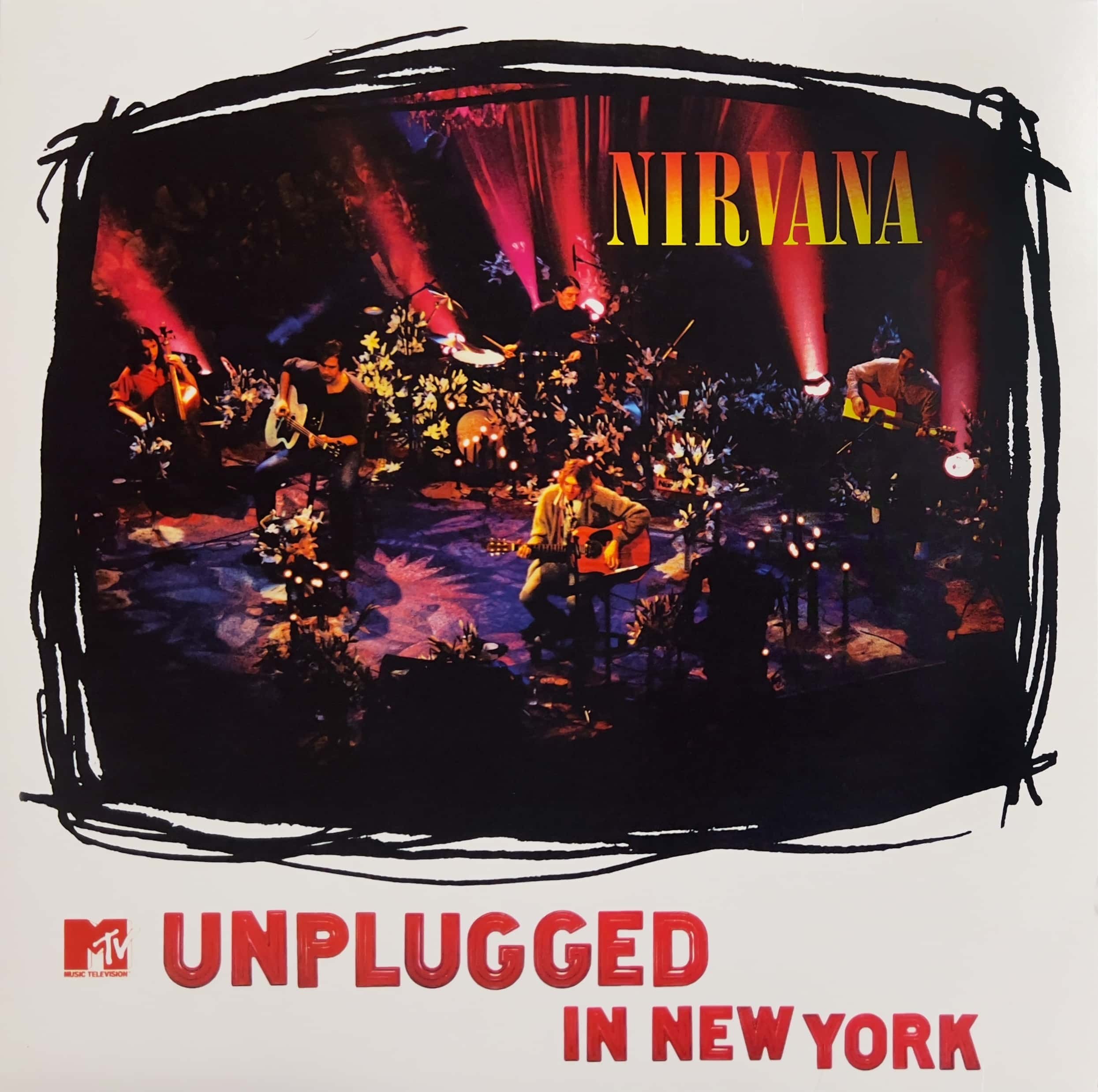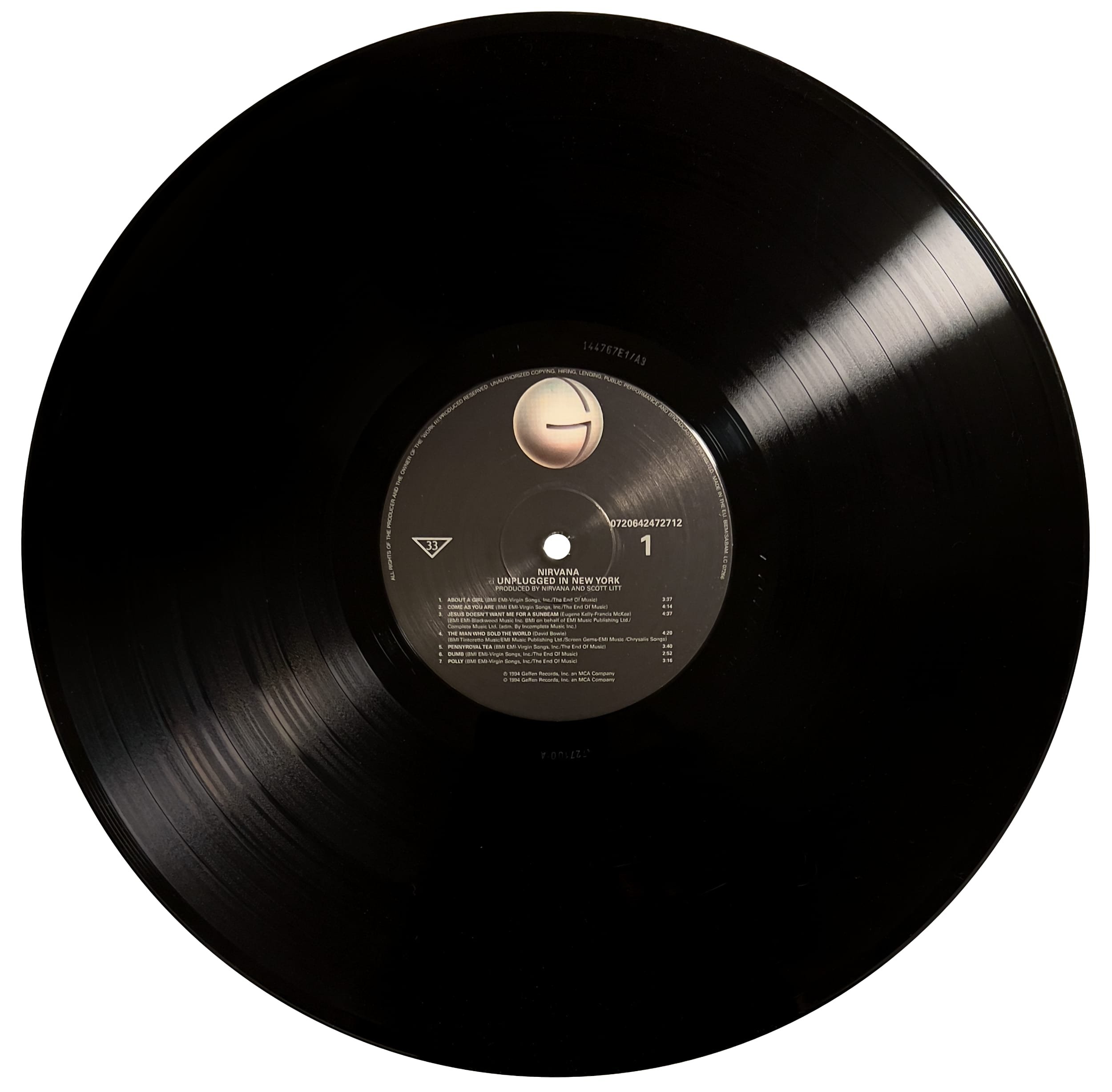Released in 1993, Meat Loaf's Bat Out of Hell II: Back Into Hell is a monumental rock album that not only pays homage to its iconic predecessor but also manages to carve out its own unique space in the annals of rock music history. Expanding on Bat Out Of Hell, this second outing furthers the rock opera approach, taking listeners on an epic journey filled with larger-than-life characters, dramatic storytelling, and soaring melodies. In this review, we’ll explore the various aspects that make Bat Out Of Hell II: Back Into Hell a timeless classic for it’s more than just a cash grab follow-up.
Maintaining the operatic storytelling style that Jim Steinman and Meat Loaf are renowned for, Bat Out Of Hell II continues the story arc of the original Bat Out of Hell album, with recurring themes of love, rebellion, and the timeless battle between good and evil. The narrative elements make the album feel like a rock and roll Broadway show, immersing listeners in a world of passion and drama. While Steinman’s songwriting has been pivotal to Meat Loaf’s success, it is the vocalist’s powerful and emotive vocals that are at the heart of this album's success. Yes, others have recorded Steinman’s songs, to much fanfare, but nobody has outperformed Meat Loaf’s vocal prowess on his classic tunes.
Part of the appeal had always been Meat Loaf’s larger-than-life persona; a style that perfectly complements the operatic and grandiose nature of Steinman's storytelling. Tracks like I'd Do Anything For Love (But I Won't Do That) showcase Meat Loaf’s incredible vocal range and passion and his delivery consistently adds a layer of depth and emotion to the lyrics, making them feel more like character monologues than typical rock songs.
While these two incredibly talented individuals are the core reason for the success of each other, and the Bat Out Of Hell series, the production of Bat Out Of Hell II: Back Into Hell is second to none as the arrangements are orchestral and theatrical, featuring elements of rock, pop, and even a touch of classical music influence. Add to that the use of choirs, pianos, and guitars and you get an incredibly rich sonic landscape that perfectly complements the narrative. Yes, the album benefited from a big-budget approach, that wasn’t quite present with the original 1977 release of Bat Out Of Hell, but a level of rawness remains ever-present despite this album’s polished and epic sound.
Purists, particularly those who are attached to the original Bat Out Of Hell will likely view this second instalment as a detractive element but it would be amiss to consider it this way as Bat Out Of Hell II not only lived up to the legacy of the original, but also managed to become a classic in its own right. That statement certainly can’t be applied to the third instalment, Bat Out Of Hell III: The Monster Is Loose; an album that is solid on its own, but is certainly not worthy of its legacy.
While the music may be paramount, and one should never judge an album by its cover, Michael Whelan created a captivating piece of imaginative realism when designing the Bat Out Of Hell: Back Into Hell cover art. It screams to be seen on the larger vinyl canvas, and while it was released on vinyl in 1993, the CD was commanding everyone’s attention by that stage and the smaller canvas, while adequate, failed to truly captivate the essence of the scene. Thankfully, in 2019, the album was reissued on vinyl for the 25th anniversary and I’m fortunate to have that edition in my collection for it not only sounds incredible, but it looks magnificent.
As enamoured as I often am with Apple Music’s quality, the lossless Apple Music stream is a direct CD counterpart that is more than acceptable, but it’s the fullness of sound, mixed with nuanced clarity, that enables you to turn the volume up and rock out like never before to the aforementioned vinyl reissue. That isn’t to say that the stream is substandard, but if you have the option and you enjoy vinyl, it presents the album in a manner that is incomparable to any other delivery method for the smoothness and fullness of the analogue counterpart really makes this album shine. That all said, grab whichever copy you have access to, turn the volume up, and let’s check out the songs that make up this exceptional release.
I'd Do Anything For Love (But I Won't Do That) is an epic ballad and the album's most iconic track. Featuring a soaring melody, a powerful choir element, and Meat Loaf's passionate vocals, I’d Do Anything For Love (But I Won’t Do That) was destined to be a standout. Some may lament that this song has been played ad nauseam throughout the years, but as a contender for the greatest power ballad of all time, it is to be expected that it would be controversial.
Credit, however, must be given to Lorraine Crosby for the incredible vocal prowess she delivered on this track. Meat Loaf is good, there’s no doubt about that, but Crosby’s vocal inclusion takes the song to another level entirely; much the same as Ellen Foley’s inclusion on Paradise By The Dashboard Light did.
Life Is A Lemon And I Want My Money Back is an incredible, yet pessimistic, reflection on life's disappointments and unfulfilled promises. It is one of Meat Loaf’s greatest tunes and with its catchy chorus and introspective lyrics, it's memorable and relatable. Add to that some killer guitar work and you’ve got a theatrical rock number with just the right amount of aggression to give the song an attitude all of its own.
Rock And Roll Dreams Come Through is a soft rock anthem but as catchy as it is, it’s one song that has dated far more than it ideally should have. Perhaps that is because it was originally released in 1981 on Steinman’s Bad For Good. That edition features the vocals of Rory Dodd and while he doesn’t have the vocal chops Meat Loaf had, I thoroughly enjoy the original and consider it to be a published demo. Still, neither is exceptional and I dare say that Rock And Roll Dreams Come Through has yet to be fully realised. While it is unlikely, I do hope that another artist will cover this tune, and make it their own, while ensuring that it has a harder rock edge that I feel is deserving of the song.
It Just Won't Quit shifts the flow of the album somewhat. Yes, it may be sonically compelling, but as much as I consider Bat Out Of Hell II to be largely perfect, It Just Won’t Quit does adversely affect the flow of the album. While rock operas demand melodrama, I can’t help but wonder if a shortening, and simplification, of the song wouldn’t have been better suited to the track.
It Just Won’t Quit is another cover for Meat Loaf as it was originally recorded and released by Pandora’s Box on their 1989 release, Original Sin. The Pandora’s Box original isn’t bad, but I do prefer this interpretation.
Out Of The Frying Pan (And Into The Fire) is a high-energy, rock-infused anthem driven by a sense of urgency and a killer guitar performance. Yes, dear reader, get your air guitar ready as you’re going to need it for it’s one of the best songs in Meat Loaf’s back catalogue.
Jim Steinman originally released Out Of The Frying Pan (And Into The Fire) on Bad For Good and while it’s somewhat lacklustre, it showcases the origins of the song and allows fans to see the evolution of the tune.
Objects In The Rear View Mirror May Appear Closer Than They Are is a beautiful song from start to finish. While I enjoy Meat Loaf’s louder, more rock-driven songs, he had such incredible control over his vocals that he could sing almost any style thrown at him and this is no exception.
Wasted Youth captures the feeling of youthful rebellion and the idea that life is fleeting. That said, I’m not sure I would call it a song and while Jim Steinman’s spoken word lyrics offer a momentary respite from Meat Loaf, it really doesn't add substance to the overall album experience. Nevertheless, if viewed in a similar style to Lou Reed’s body of work, then it most certainly can be classed as a song. Still, it makes for a very compelling entry into Everything Louder Than Everything Else.
Everything Louder Than Everything Else has a driving rock rhythm and powerful vocal performance that contribute to its anthemic quality. While it was never going to be a standout tune, I couldn’t imagine the album without this song as it’s a solid riff-driven number that is thoroughly enjoyable every time I hear it.
Good Girls Go To Heaven (Bad Girls Go Everywhere) is a jazzy rock song with a catchy, upbeat melody and a playful attitude and is without a doubt one of the standout tunes from Bat Out Of Hell II: Back Into Hell.
As with It Just Won’t Quit, Good Girls Go To Heaven (Bad Girls Go Everywhere) is another Pandora’s Box cover. The original is solid, reminding me of many Bonnie Tyler songs. Yes, Meat Loaf’s version is the one to beat, but Pandora’s Box recorded an exceptional original.
Back Into Hell serves as an instrumental interlude that works well on its own, but does it work well in the album format? Over the last couple of decades I’ve become familiar with it, so removing it now would not be an option. However, as with Wasted Youth, one can’t deny that it shifts the flow of the album.
Lost Boys And Golden Girls is pure Meat Loaf. His vocal tracking on Lost Boys And Golden Girls is superb and the song is a perfect classical-styled rock tune that compels me to listen to the album again.
Lost Boys And Golden Girls was also originally recorded and released on Steinman’s Bad For Good and as much as I adore Meat Loaf’s interpretation, Steinman's performance is masterful.
The impact of Bat Out Of Hell II: Back Into Hell on the rock opera genre and its influence on subsequent generations of rock musicians cannot be overstated. While it may not have been quite as successful as its predecessor, it remains a timeless rock masterpiece that captures the essence of operatic storytelling within the realm of rock music. Meat Loaf's powerful vocals, intertwined with Jim Steinman's poetic songwriting, and grandiose arrangements, result in an epic musical experience that continues to resonate with music lovers even decades after its release.





![Dances With Wolves – Original Motion Picture Soundtrack (Composer: John Barry) [Album Review]](https://images.squarespace-cdn.com/content/v1/565c1ab5e4b05079e4bfa169/1661212988423-661W7XFO6AN1X5TVBCUI/Dances+With+Wolves+Soundtrack+Cover.jpg)
















